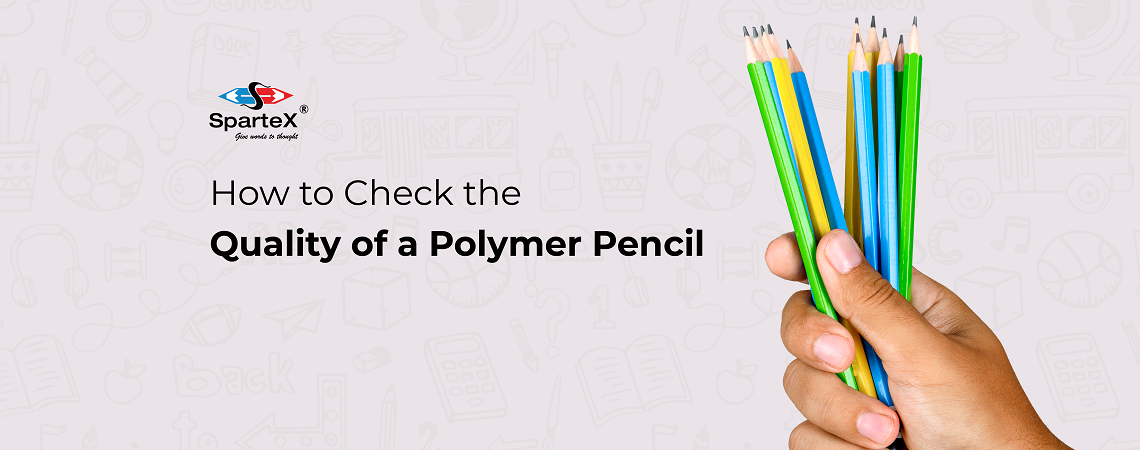The humble pencil, a timeless writing tool, finds its place in nearly every household and classroom. From crafting grocery lists to sketching masterpieces, pencils offer a versatile and convenient way to put our thoughts and ideas on paper. However, not all pencils are created equal. Polymer pencils have become increasingly popular due to their durability and eco-friendly nature. This guide will delve into the unique qualities of polymer pencils and provide methods to assess their overall quality.
What makes a Polymer Pencil Unique?
Unlike traditional wooden pencils, polymer pencils use a synthetic resin barrel to encode the graphite lead. This construction offers several advantages:
- Durability: Polymer resists splintering and cracking, making them ideal for everyday use and travel.
- Eco-Friendly: They eliminate the need to harvest wood for pencil production.
- Comfort: The smooth barrel provides a comfortable writing experience.
Looking for pencils to buy in bulk?
Request QuoteHow to Check the Quality of the Polymer Pencil?
To check the strength of the Pencil Body
Polymer pencils are generally more breakable compared to ordinary wooden pencils. But even then, there are two easy ways to check the quality of the pencil body.
Method One: Flex Test
1. Select a polymer pencil.
2. Grasp the pencil with both hands, ensuring that the distance between your hands and the ends of the pencil is symmetrical on both sides.
3. Apply equal pressure to both sides and gently pull downward.
4. If the pencil breaks cleanly from the center without any jagged edges or chipping, it signifies that it is made of high-quality polymer.

Method Two: Pinch Test
1. Take a polymer pencil in one hand.
2. Using one hand, put your thumb on the center of the pencil body.
3. Carefully position your ring and index fingers on the two ends of the pencil (opposite to the direction of the thumb). Ensure the gap between the thumb, ring finger, and thumb and index finger is the same. Then, apply pressure on the center of the pencil with your thumb.
4. A good quality polymer pencil resists pressure and does not break.

To check the strength of the Graphite Lead
To assess the strength of graphite of a polymer pencil, you can utilize the following method:
Method One: Sharpen and Scribble
1. Sharpen the pencil and observe the lead for any cracks or uneven sharpening.
2. Now, using the same pencil pencil, scribble lightly on a piece of paper, using moderate pressure
3. If the scribbled lines are dark, smooth, and consistent without unintentional breaks then it indicates that the lead is good quality.

Method Two: Break Test
1. Hold the pencil with one hand. The pencil should be at an angle of 90 degrees to the paper
2. Now apply pressure on the pencil downwards so that the tip of the pencil rubs onto the paper
3. If the tip breaks into large chunks, the lead quality is poor.
4. If the tip of the pencil breaks into a fine black dust-like powder, it’s a good-quality graphite used in the polymer pencil.

Conclusion
By employing these simple tests, you can effectively assess the quality of a polymer pencil. Remember, a high-quality polymer pencil should boast a strong, flexible body, resist breaking under moderate pressure, and possess smooth, durable graphite that delivers consistent writing performance.
Get in touch with us for an instant quote!
Request Quote
